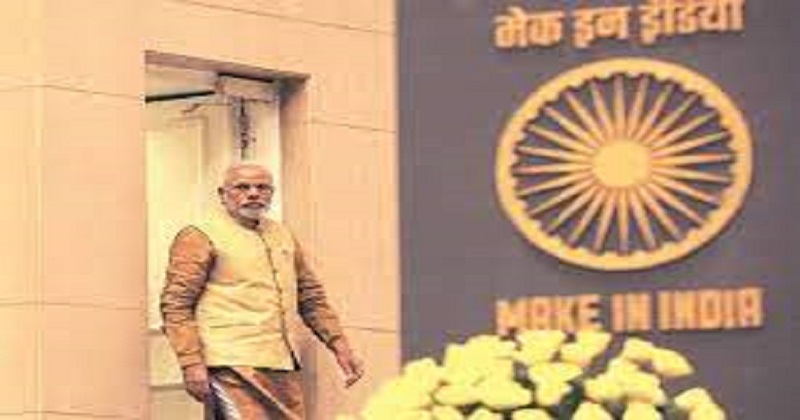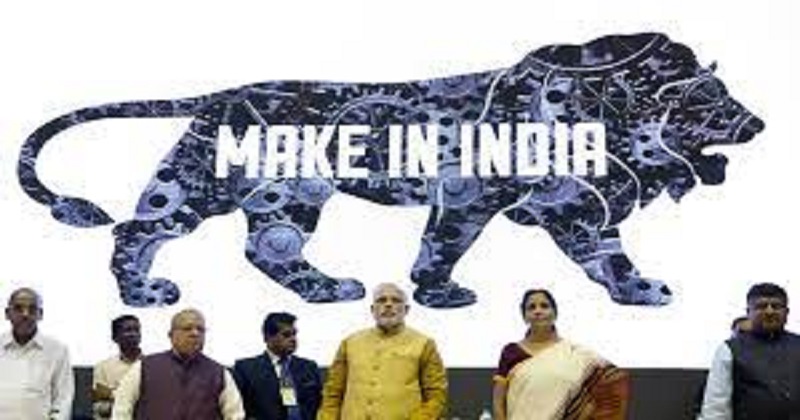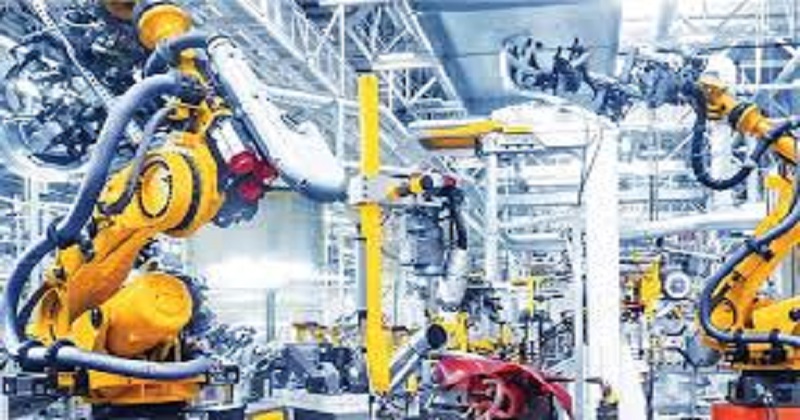
In terms of its motif, ‘Make in India’ may start living up to its promise. In the electronics, solar panels, pharmaceuticals, advanced batteries, specialty steel, and pharmaceutical sectors, local and foreign companies are clamoring for funding incentives to create large onshore manufacturing capacities. Apple’s (AAPL.O) suppliers and Samsung Electronics (005930. KS) will receive a share worth up to $27 billion. Despite years of false starts, India’s enthusiasm for Prime Minister Narendra Modi’s gambit to spur production is striking.
According to Modi’s 2014 campaign, manufacturing should make up 25 percent of the nation’s GDP by 2022, but it accounts for only about 17 percent today. In 2019, India’s foreign direct investment was about a quarter of China’s, according to UNCTAD data. Companies are discouraged by red tape and rickety infrastructure. Production-linked incentives attempt to make up for those inefficiencies. Indian and foreign companies in the electronics industry were approved for the first round of residency in New Delhi in October.

Companies that qualify can receive payouts based on a percentage of revenue generated for up to five years. Mobile phone makers, for example, could get a sum equal to 6% of sales income. Foxconn (2317. TW), another Apple supplier based in Taiwan, earned just a 2% profit margin on its global operations in 2020. The need for scale is one of the prerequisites for global competitiveness, but New Delhi pays only if sales targets are met; previous schemes focused on investment amounts. Furthermore, India’s minimum invoice price policy encourages exports. Mobile phone manufacturers must sell handsets for over $200 each, which is more than most Indians can afford. The WTO can avoid a fight if the rewards are not explicitly dependent on export quotas.

Winning Entrants
New Delhi follows China and South Korea by picking winners, and its largesse reveals official urgency to create jobs and reduce dependence on imports, especially from its aggressive neighbor. Beijing can wreck India’s economy. As border tensions escalate, shipments are delayed in retaliation, and disruptions are increasing. India imports about 80% of its IT hardware, solar panels, and telecom network equipment, 40% of its pharmaceutical ingredients consumption, and approximately one-fifth of its alloy steel consumption, according to Enam Asset Management.

Companies operating abroad are also seeking new locations for their factories. China has the largest share in global supply chains: The People’s Republic of China accounted for about 15% of global exports in 2020, compared to India’s sub 2%, according to UNCTAD data. Modi benefits from friendly ties with the West. Additionally, wages are lower than most peers. Despite India’s low labor costs, higher electricity costs and other burdens have offset its low wages, leaving India roughly competitive with Indonesia, China and Thailand, reports UBS economist Tanvee Gupta Jain.
Gains could be substantial. In two to three years, the Swiss bank predicts India’s percentage of Apple’s global supply chain could increase from nearly zero to 30%. The scheme applies to Foxconn, Wistron (3231.1.TW), and Pegatron (4940.8.TW), contract manufacturers for the U.S. giant. Apple’s applications suggest that India can move beyond the assembly of low-value models to make higher-value products even though India is a tiny market for Apple. Other measures are also helpful. For new manufacturing facilities, New Delhi has slashed corporate tax to 15%. To lower business costs, Modi plans to spend $1.4 trillion on infrastructure. Further, after opting out of the China-backed Regional Comprehensive Economic Partnership last year, which at that time was the world’s biggest free-trade bloc by GDP, New Delhi is racing to secure bilateral deals, including with the UK and Australia.

High-risk plan
New Delhi risks overdoing carrots and overusing sticks. Besides the inducements, New Delhi has increased import tariffs. As a result, input costs will rise throughout the economy, writes Pranjul Bhandari, HSBC’s chief economist in India, who notes that past efforts to promote exports at the same time have backfired. The policy may also boost giants in select industries while widening the gap with small and medium-sized ones. Political incentives may extend beyond the five-year period as well. Despite Samsung’s success in meeting its mobile handset production targets in its first year, other companies missed theirs and lobbied to extend the scheme’s benefits.
Read more: Americans worry about exposure to Taliban due to US database: Reports
There may be a shortage of jobs as well. Modern manufacturing requires fewer workers due to automation. The local rival to Uber (UBER.N) is Ola. Among the companies that will likely apply for incentives are Mukesh Ambani’s Reliance Industries (RELI.NS), Tata Chemicals (TTCH.NS) and Suzuki Motor Corp. (7269.T). As Modi sets ambitious targets for vehicle electrification and clean energy, everyone is rushing to set up a new business. Future Factory vehicles will be powered by such cells. While the facility will create about 10,000 jobs, there will also be over 3,000 robots. Payouts in New Delhi could be a winner for the city. Modi, however, could end up closing down the scheme if he doesn’t improve the overall business environment in India and does not implement his plans for infrastructure upgrades – funding for which depends on ambitious proposals to sell off government assets.

Post Your Comments